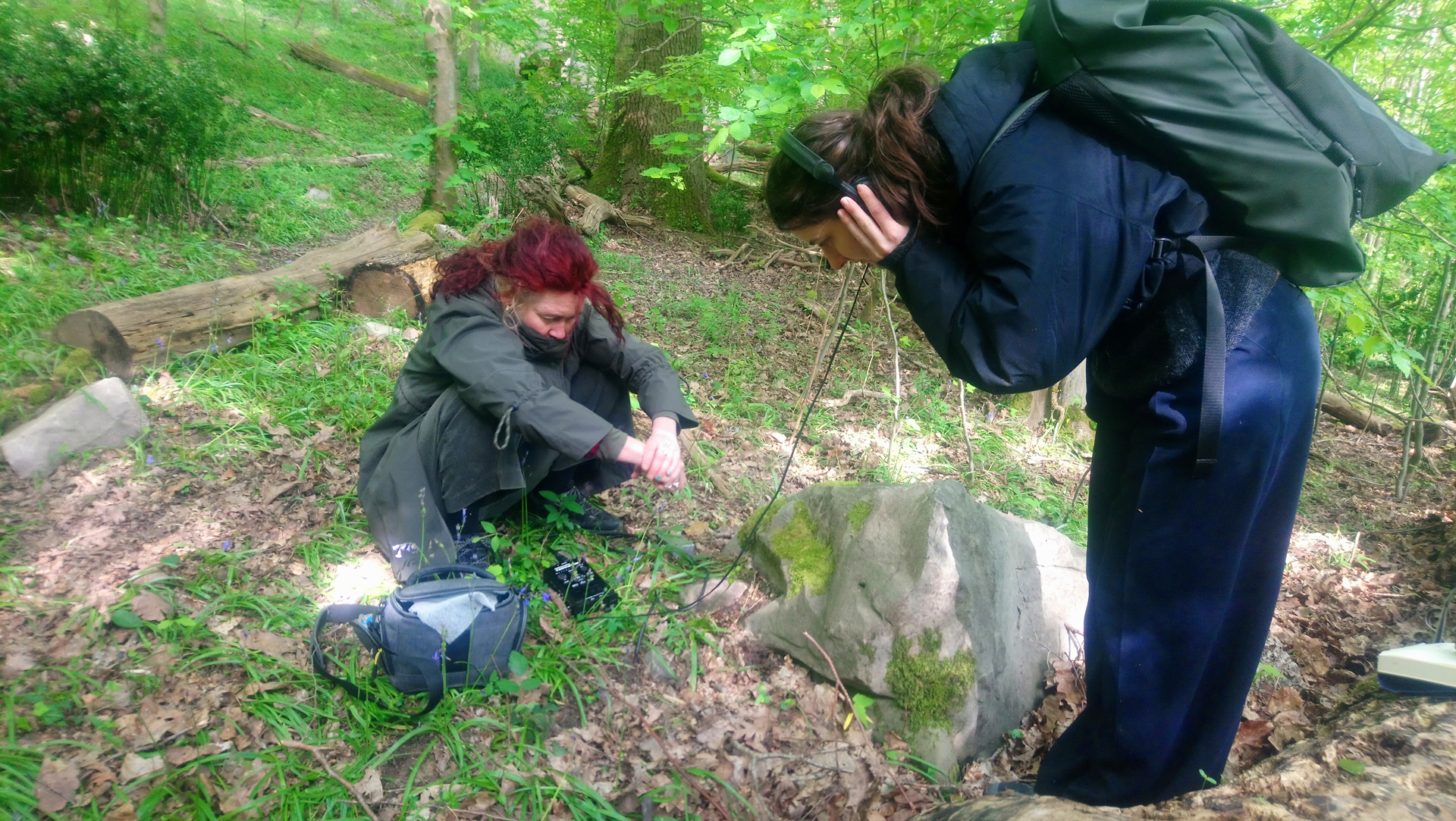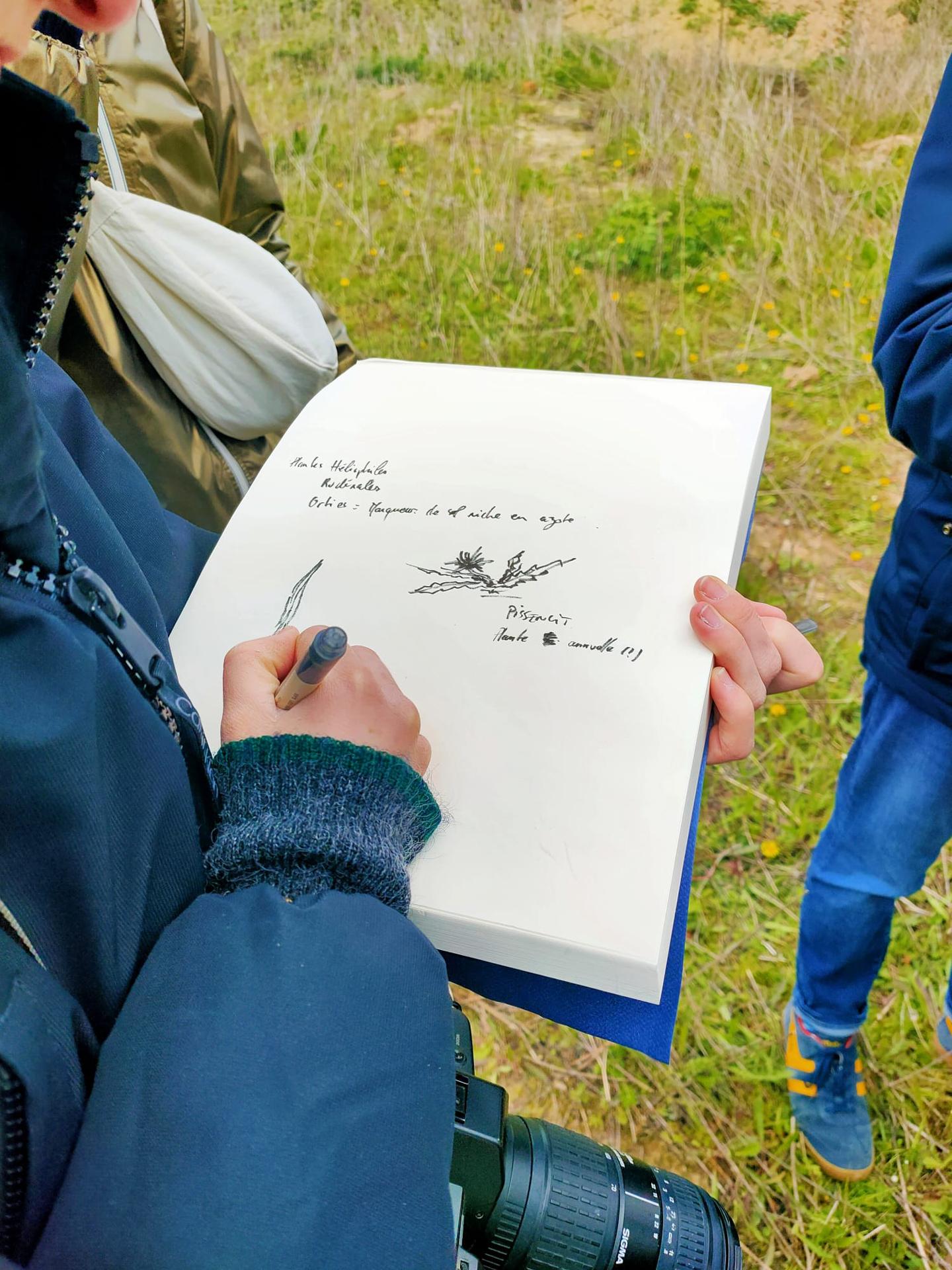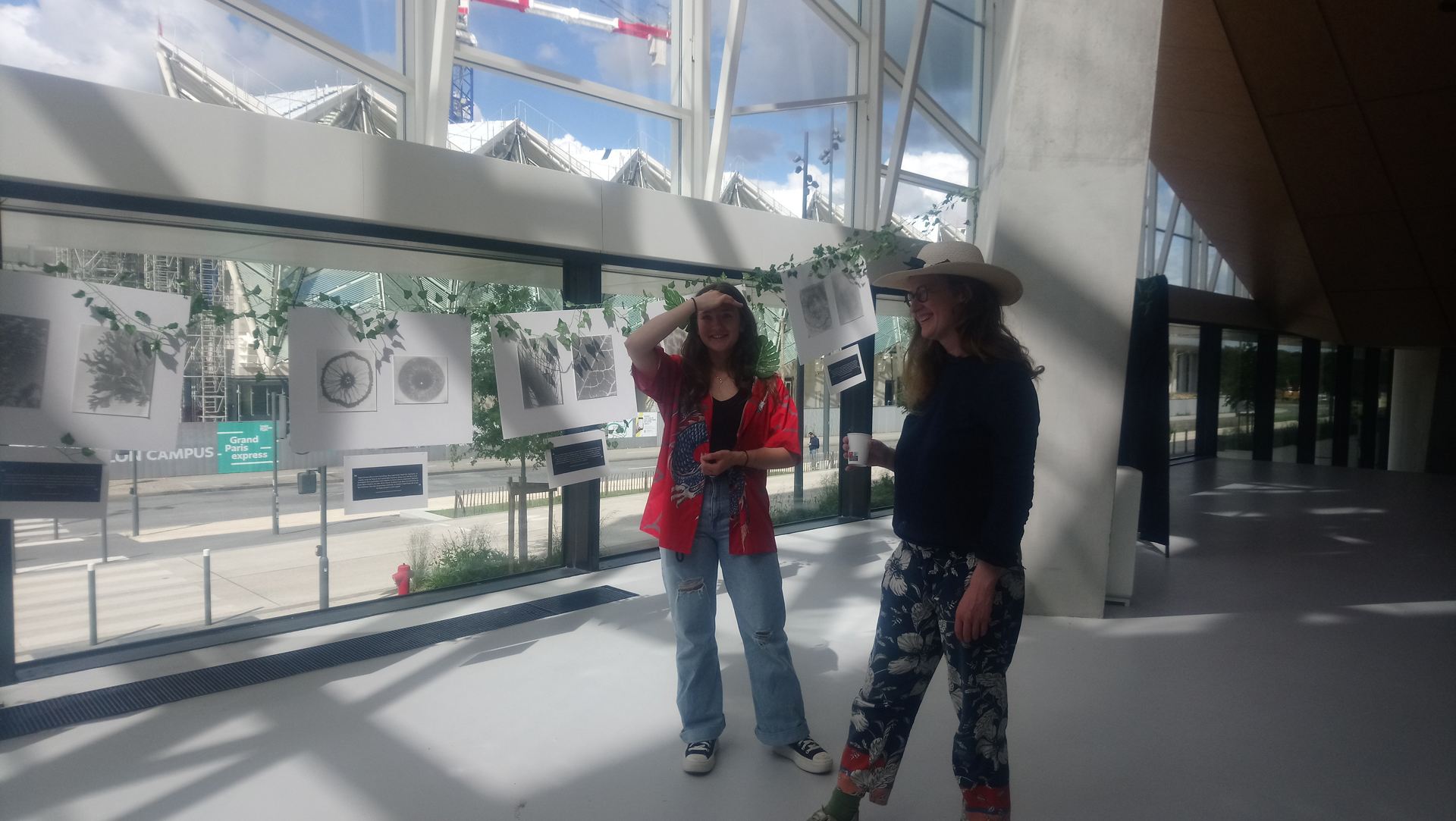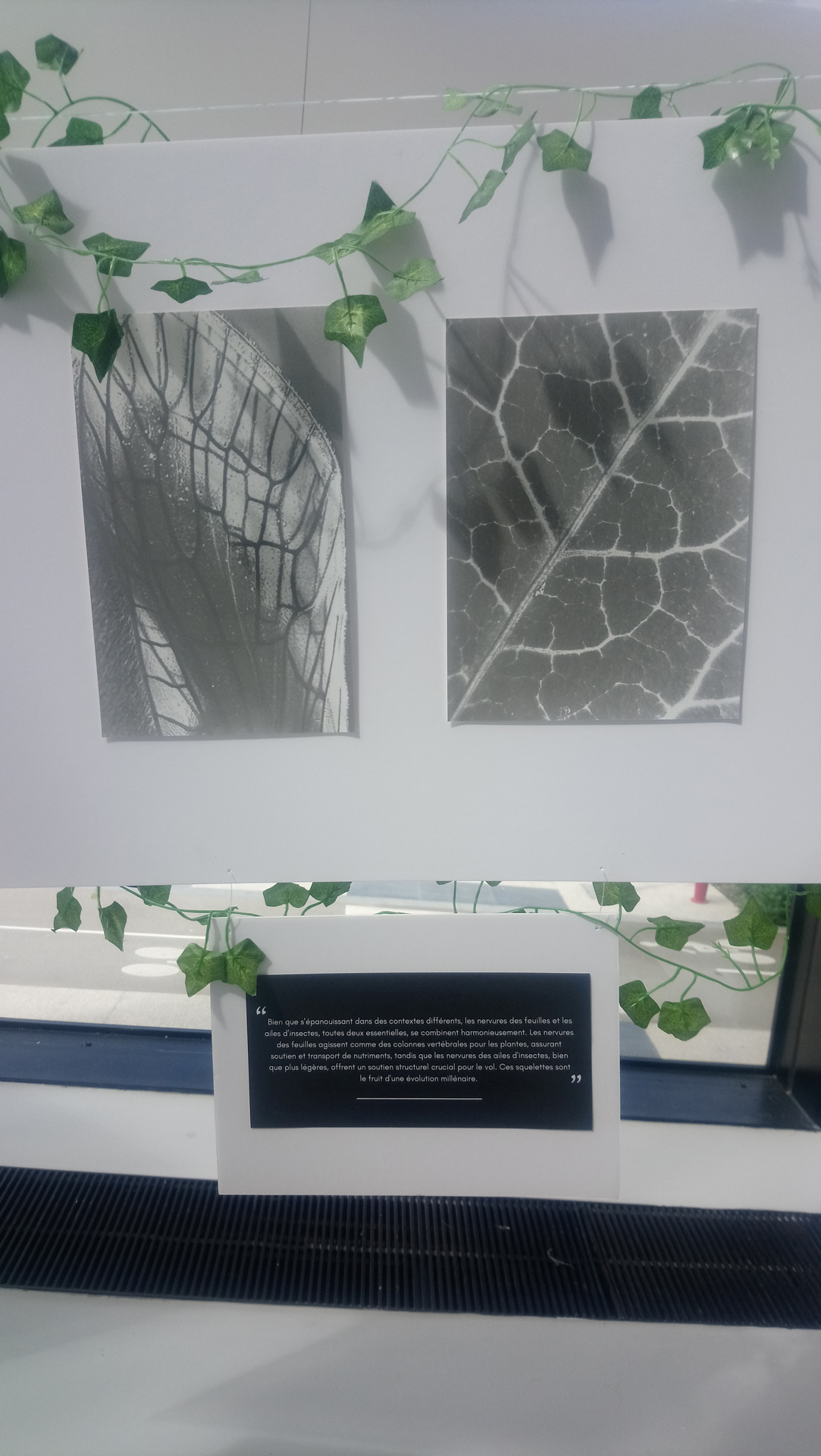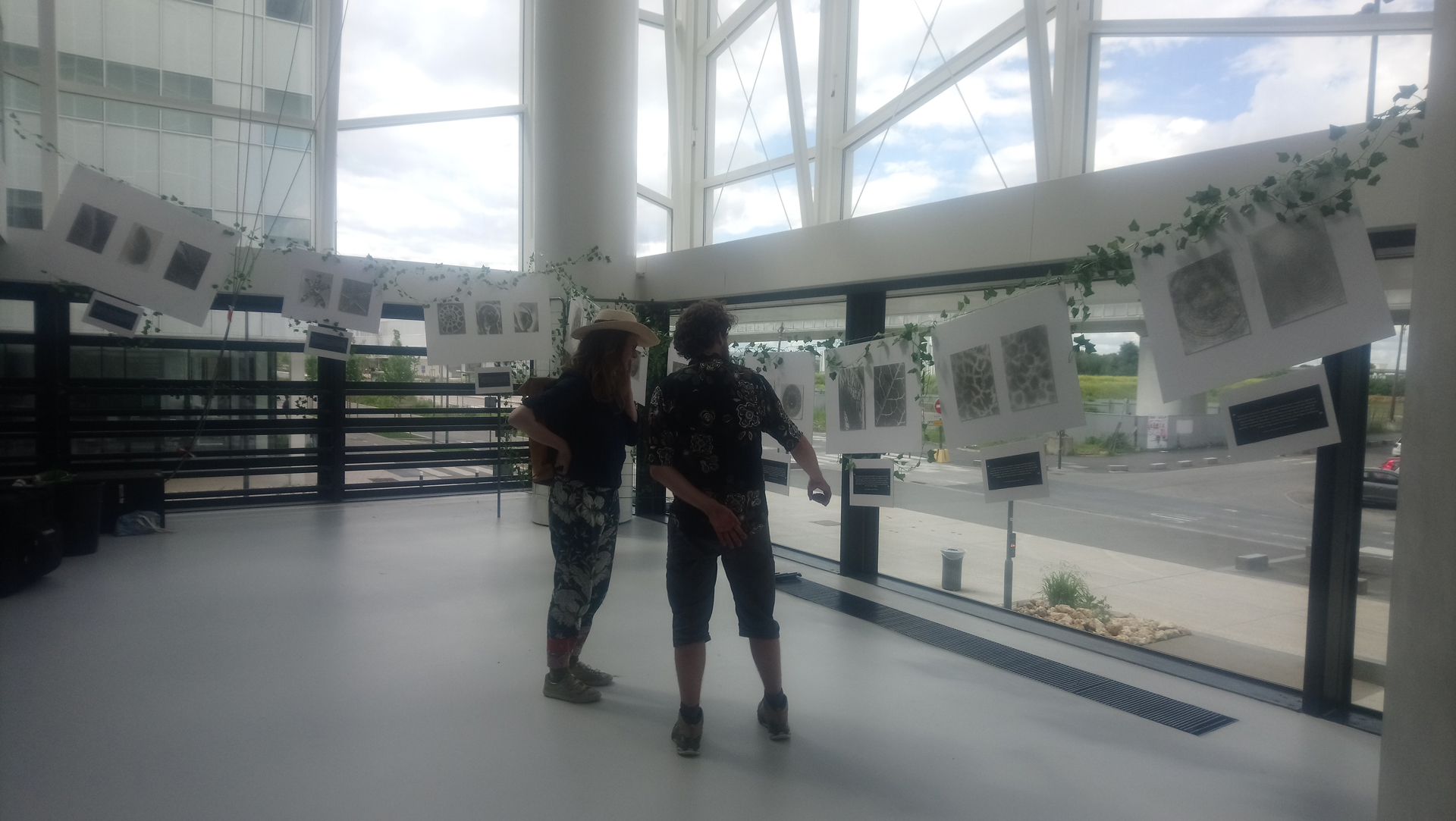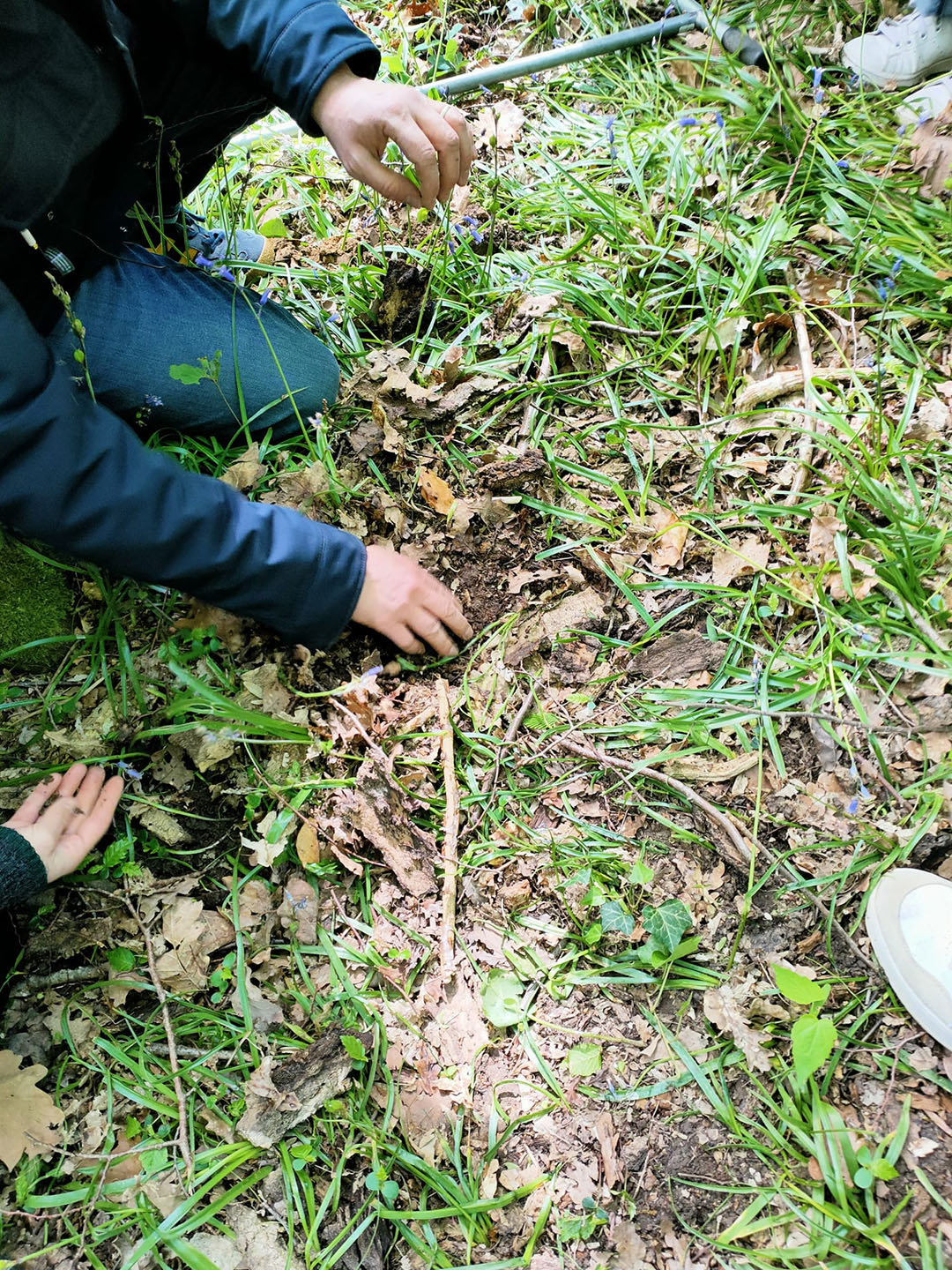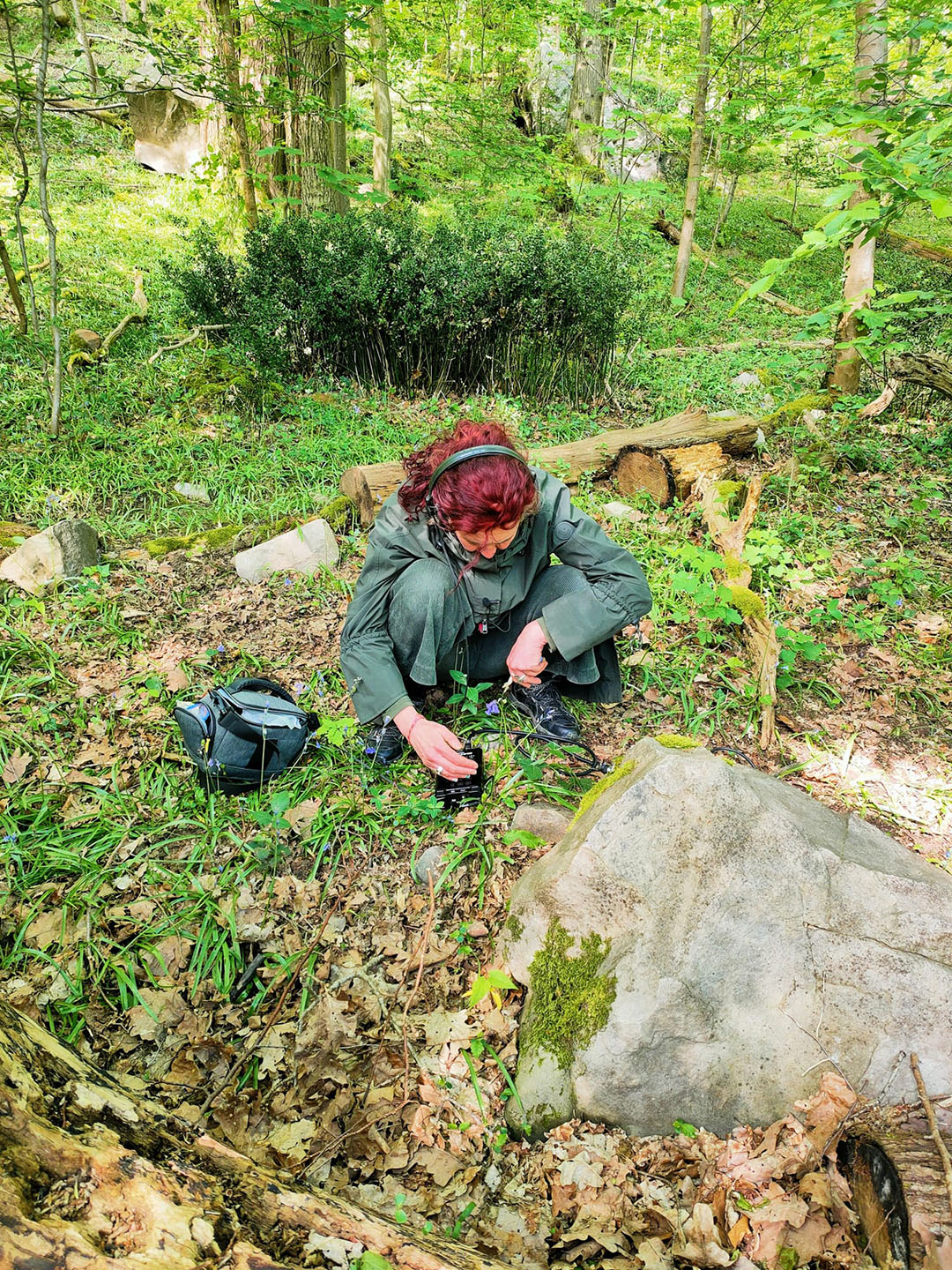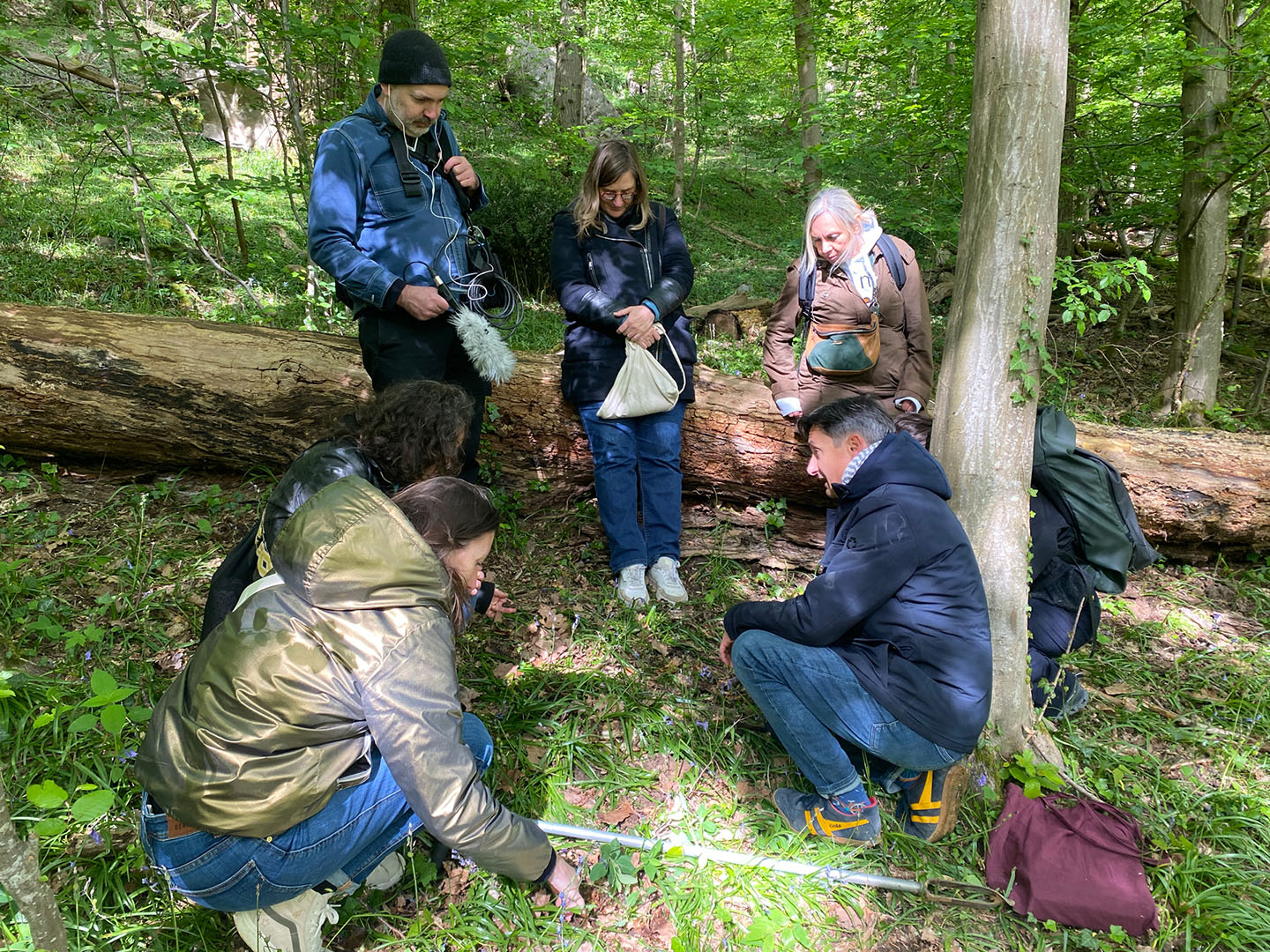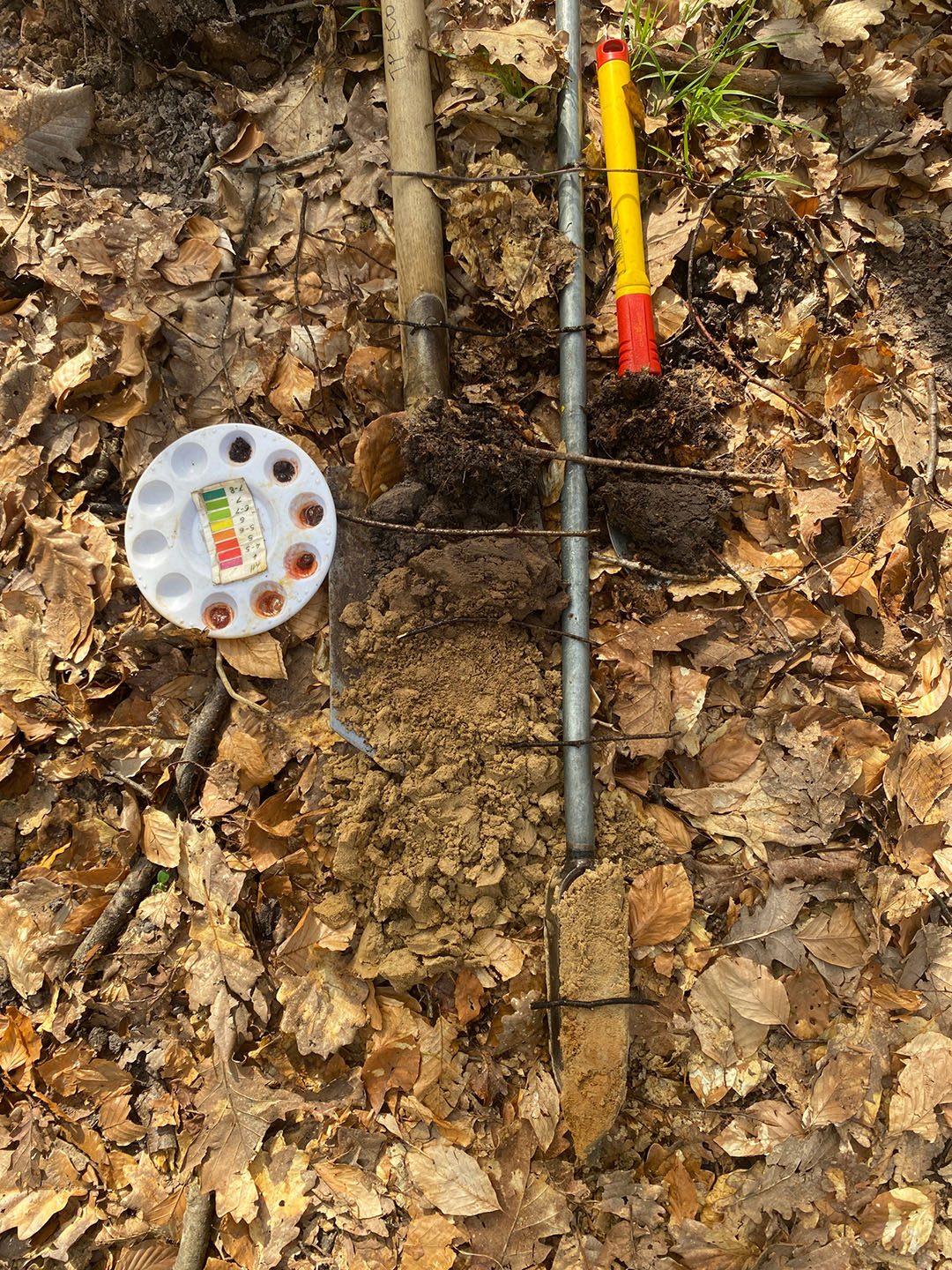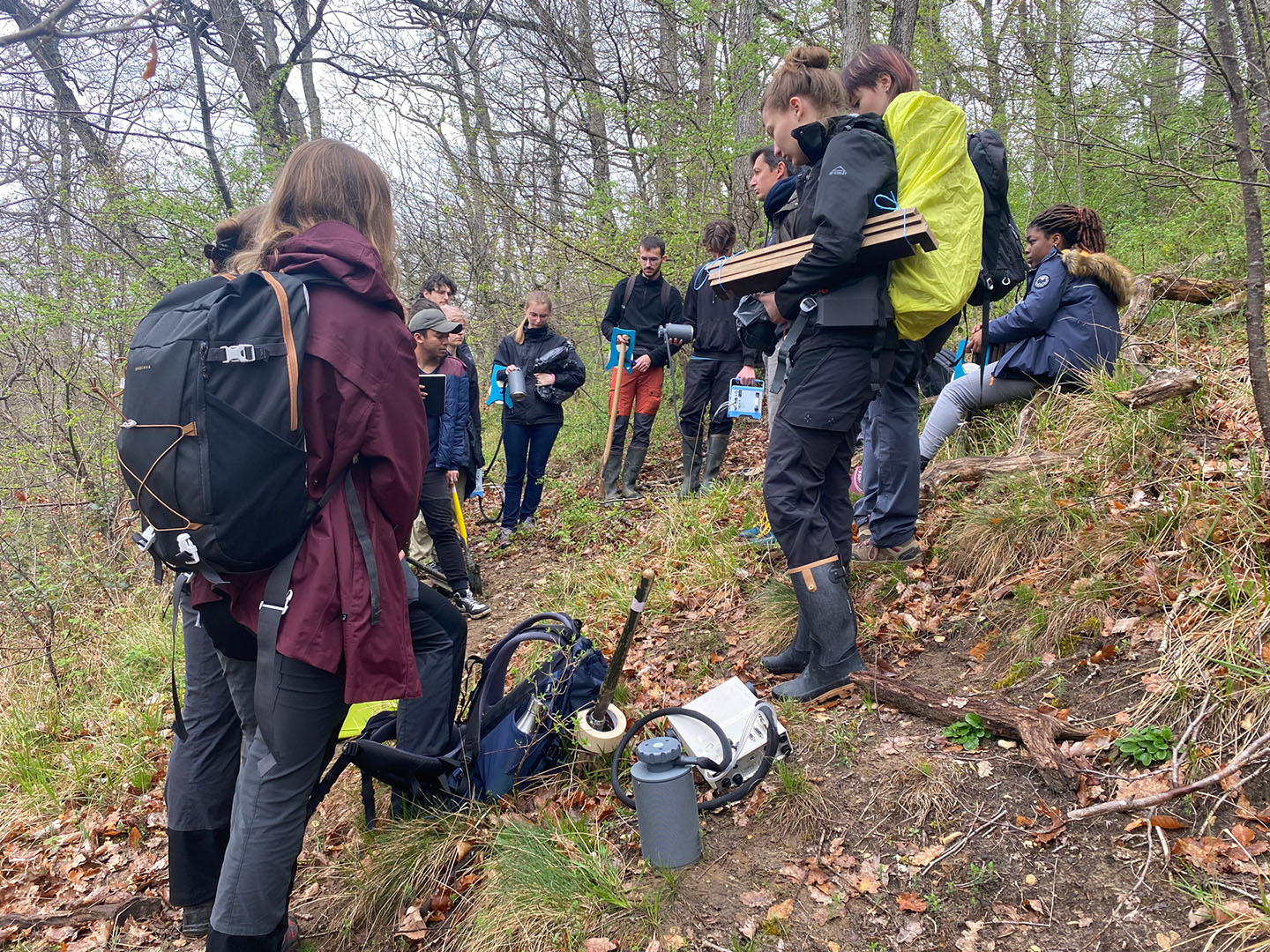2km4

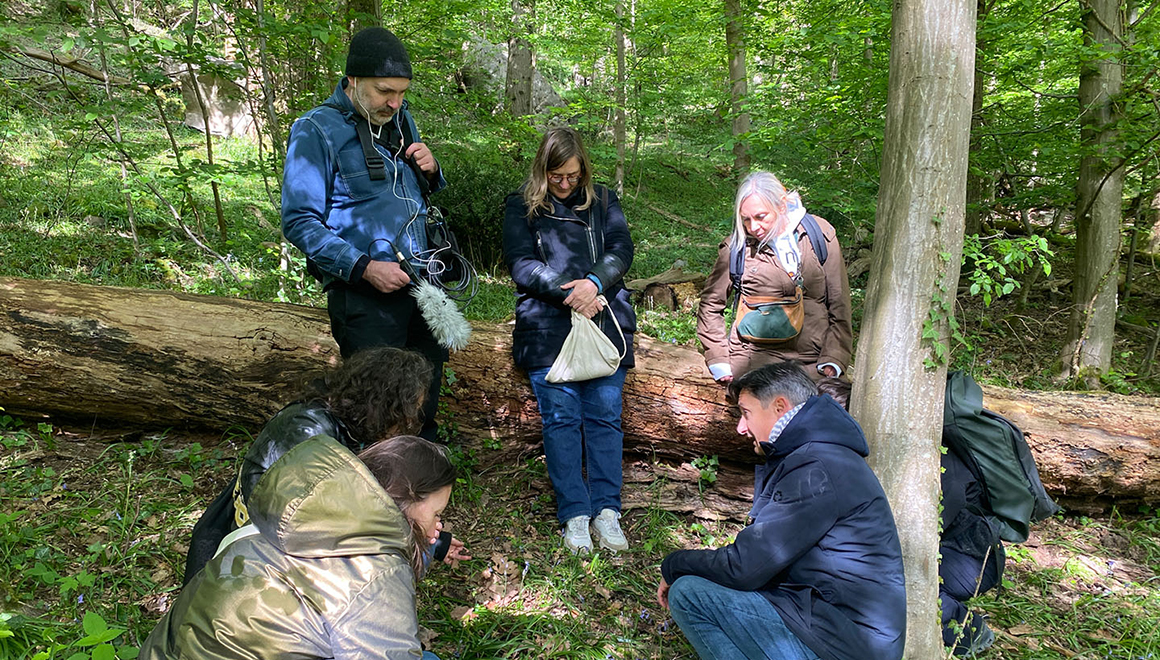
2km4
For a joyful ecology→ Siana
→ ESE Lab — Université de Paris Saclay
→ Karine Bonneval
→ Anaïs Tondeur
→ Floriane Pochon
2km4_For a joyful ecology proposes to go beyond the simple denunciation of global ecological disasters, often associated with a feeling of powerlessness, to focus instead on possible transformations in relationships with living beings on a local scale. In an area undergoing rapid change, where human activity is high and the pace of life is closely linked to work, the questions raised about the place of ecosystems and their “protagonists” are often barely audible. What can be done to take the living environment beyond the status of a setting, or an infrastructure to be managed? Don't we need a paradigm shift? Towards what and how can it be embodied locally? By bringing together different ways of perceiving, feeling and knowing, can local collective experimentation sharpen attention to the non-human diversity that surrounds us? Can they foster the emergence of respectful and caring behaviors, geared towards the preservation of the living?
For some, the ecological crisis stems from a crisis of thought, too fragmented between disciplines1 or from a crisis of sensitivity2,3 linked in particular to the disconnect between thought, body and emotions4. Taking all these aspects into account, we pose the problem here in terms of relational quality. Our starting point is the idea that, generally speaking, a reconciliation between disciplines and between reason and sensitivity is necessary5 for the development of more respectful relationships with the living world. This idea resonates on the scale of the area under study, which is divided into two zones with little communication between them. How can we reconnect? The hypothesis being tested is that this connection can be achieved by cultivating a relationship with the living beings we come into contact with on a daily basis, by developing attention, understanding and knowledge6 , joy and empathy towards our interdependencies. All this, while taking into account the echo between social relationships and relationships with the environment.
From the Yvette valley “below” to the Saclay plateau “above”, 2km4...
An area undergoing profound change
The project is anchored in an area undergoing major change, with a rich past combining agriculture, universities and housing development. It stretches from the Yvette valley to the Saclay plateau in Essonne. The Orsay campus, the valley below, is home to a university school, a botanical garden and a mosaic of laboratories and semi-natural ecosystems (meadows, forests, ponds, etc.), a rarity for a university site. The plateau “en haut”, where the University of Paris-Saclay recently expanded, has a completely different look. In place of farmland, “buildings” for research, teaching, industry and housing have sprung up. There are echoing points between the two areas, such as the old and new locations of the ESE ecology laboratory and its greenhouse, and between them there is a 2km4 walking distance (see map in appendix, page X)... Human settlement patterns and the management of “green spaces”, water and traffic play a decisive role in ecosystem diversity, which presents strong contrasts in ecological, plant and edaphic communities over a short distance. This territory is constantly surveyed by a wide variety of people, and is the scene of an effervescent production and transmission of knowledge, particularly academic knowledge, especially in ecology.
The 2km4 radio is availabe from Sonosphères
Credits
Partners :Laboratoire ESE — Université de Paris Saclay (écologie, systématique et évolution, UMR 8079), Siana
Artists :
Karine Bonneval, Anaïs Tondeur, Floriane Pochon


 Français
Français
